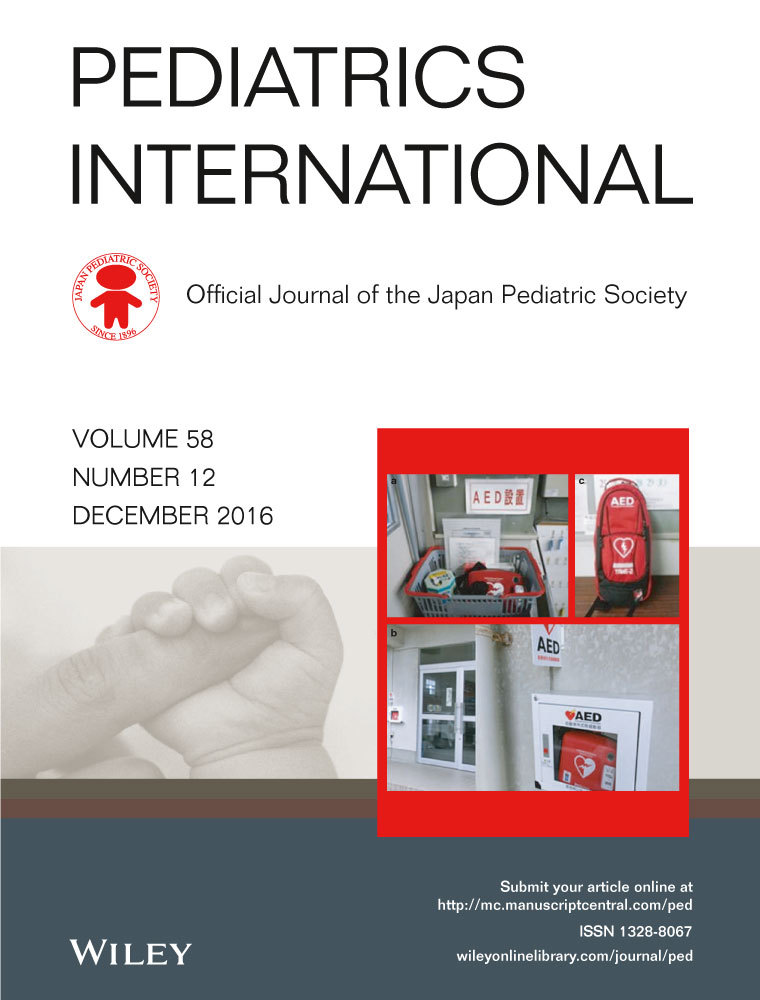Installation of multiple automated external defibrillators to prevent sudden death in school-aged children
Abstract
Background
Recently, a student died of idiopathic ventricular fibrillation in a school where an automated external defibrillator (AED) had been installed. The tragedy could not be prevented because the only AED in the school was installed in the teachers' office, far from the school ground where the accident took place. This prompted establishment of a multiple AED system in schools. The aim of this study was to analyze the efficacy of the multiple AED system to prevent sudden death in school-aged children.
Methods
Assumed accident sites consisted of the school ground, gymnasium, Judo and Kendo hall, swimming pool, and classrooms on the first and the fourth floor. Multiple AED were installed in the teachers' office, gymnasium, some classrooms, and also provided as a portable AED in a rucksack. The time from the accident site to the teachers' office for single AED, and from the accident site to the nearest AED for multiple AED, was calculated.
Results
The AED retrieval time was significantly shorter in 55 elementary schools and in 29 junior high schools when multiple AED were installed compared with single AED. Except for the classroom on the fourth floor, the number of people who took >120 s to bring the AED to the accident site was lower when multiple AED were installed compared with the single AED.
Conclusion
Multiple AED provided in appropriate sites can reduce the time to reach the casualty and hence prevent sudden death in school-aged children.




